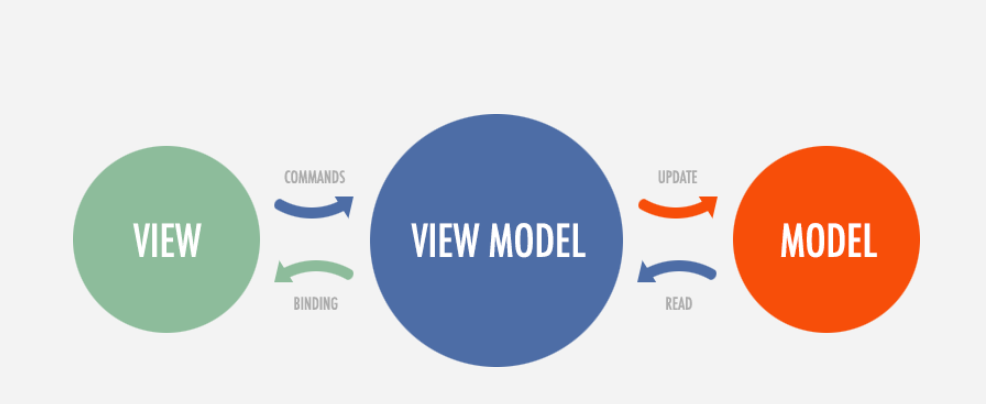
How to improve the testability of Model View Controller on iOS
When you develop a mobile application, you can choose one of many architectures. For iOS the easiest and most common is MVC (Model View Controller). But sometimes after you dive deeper into the project, you may find that it can often be difficult to test and change the code.
Each architecture that you might choose has both good and bad aspects. It’s very important to always bear in mind that the ultimate goal is to improve the testability of the code. If the tools you choose will help with this, then you’re already on the right path.
In this post, I’ll talk a little bit about MVVM (Model View ViewModel) and my experience with using it to improve the testability of the OnePageCRM mobile app.

MVVM Flow
The main problem with MVC is that a lot of code goes into the Controller, so it becomes bigger and more difficult to test. The use of TableView is very common, so to start, I created a manager to incorporate both the UITableViewDataSource and UITableViewDelegate protocols.
final class ContactTableManager: NSObject {
}
extension ContactTableManager: UITableViewDataSource, UITableViewDelegate {
func tableView(_ tableView: UITableView, cellForRowAt indexPath: IndexPath) -> UITableViewCell {}
func numberOfSections(in tableView: UITableView) -> Int {}
}
This way the Controller can still have button events and other delegate protocols, but the table part (which can be huge) isn’t there anymore.
Imagine now that you have to show a list of contacts on a table where the contact name could be bold or regular. Normally with MVC you would do something like:
let cell = tableView.dequeueReusableCell(withIdentifier:"cell", for: indexPath) as! ContactTableViewCell
let contact = contacts[indexPath.row]
Cell.textLabel.text = contact.name
Cell.textLabel.font = contact.isBold ? boldFont : normalFont
It doesn’t take a huge amount of code, but can you imagine what you need to do just to test it? You’ll need the Controller, table and the cell just to test the cell. And that’s where the problem may arise, as it can take a long time just to test the setup of the cell.
Let’s see with MVVM:
final class ContactViewModel: NSObject
{
let name: String
let isBold: Bool
init(contact: Contact) {
self.name = contact.name
self.isBold = contact.isBold
}
func configure(cell: ContactTableViewCell) {
cell.textLabel.text = contact.name
cell.textLabel.font = contact.isBold ? boldFont : normalFont
}
}
Now to configure the cell you’ll need:
let cell = tableView.dequeueReusableCell(withIdentifier:"cell", for: indexPath) as! ContactTableViewCell
let contact = contacts[indexPath.row]
let model = ContactViewModel(contact: contact)
model.configure(cell: cell)
All the logic is in the ContactViewModel, so what do I need to test now? Just the model. Actually you might say that we should test the creation of the cell, but if we make a little change and add a protocol to the cell, I can test the logic with just a simple class - easy! :-)
protocol SimpleCell {
var label: UILabel { get set }
}
func configure(cell: SimpleCell) {
cell.label.text = contact.name
cell.label.font = contact.isBold ? boldFont : normalFont
}
And there you go, check it out and see for yourself. It saved me lots of time and I hope it works for you too.
There are many other aspects to MVVM, but the main goal of the example is to improve the testability of the code! I’d love to hear you thoughts in the comments. What you think?
